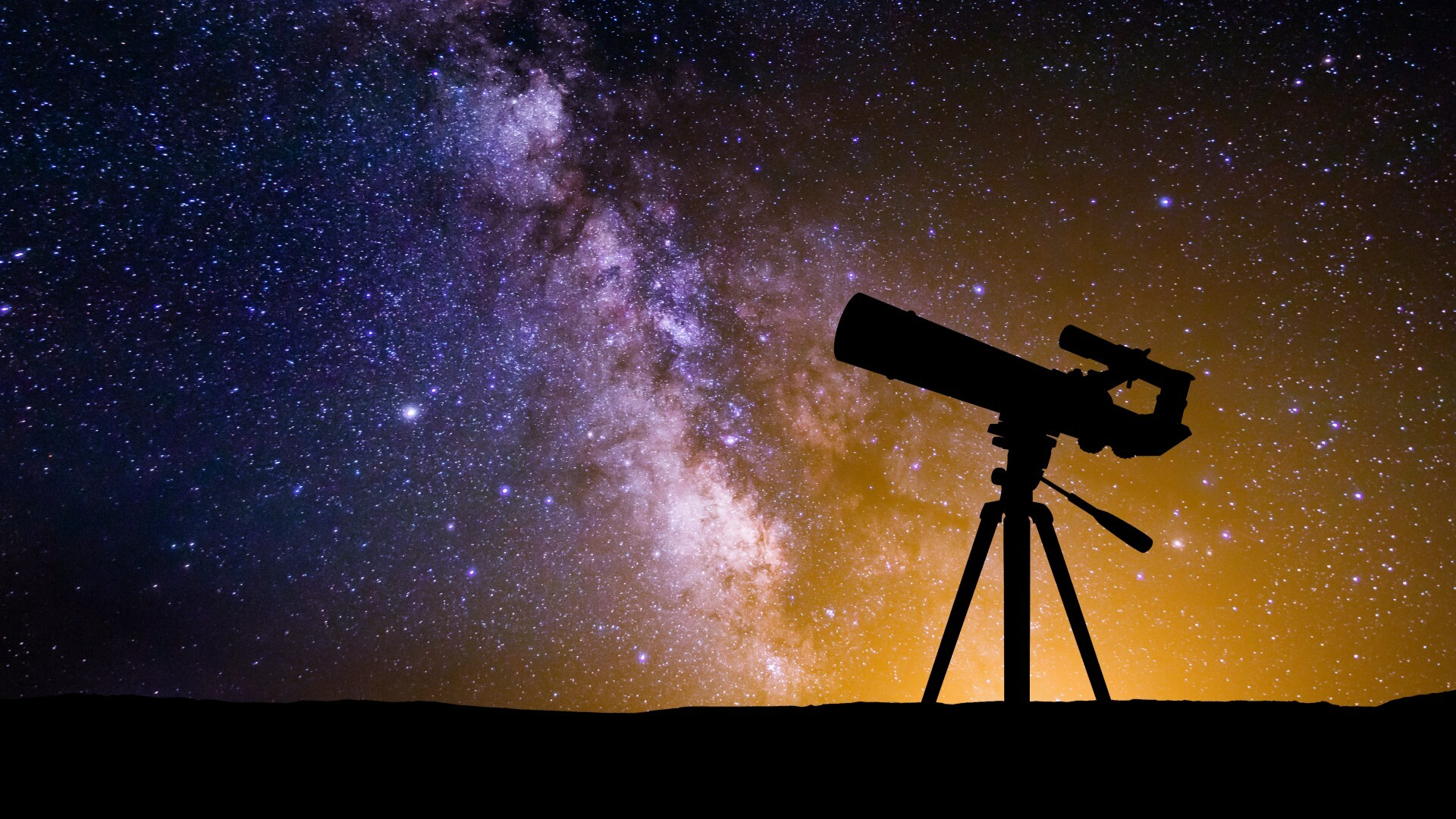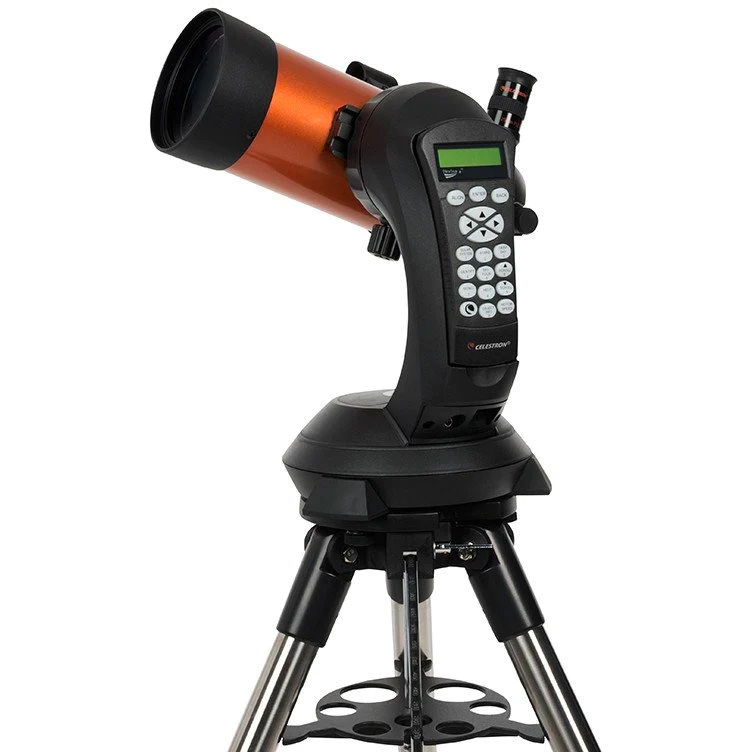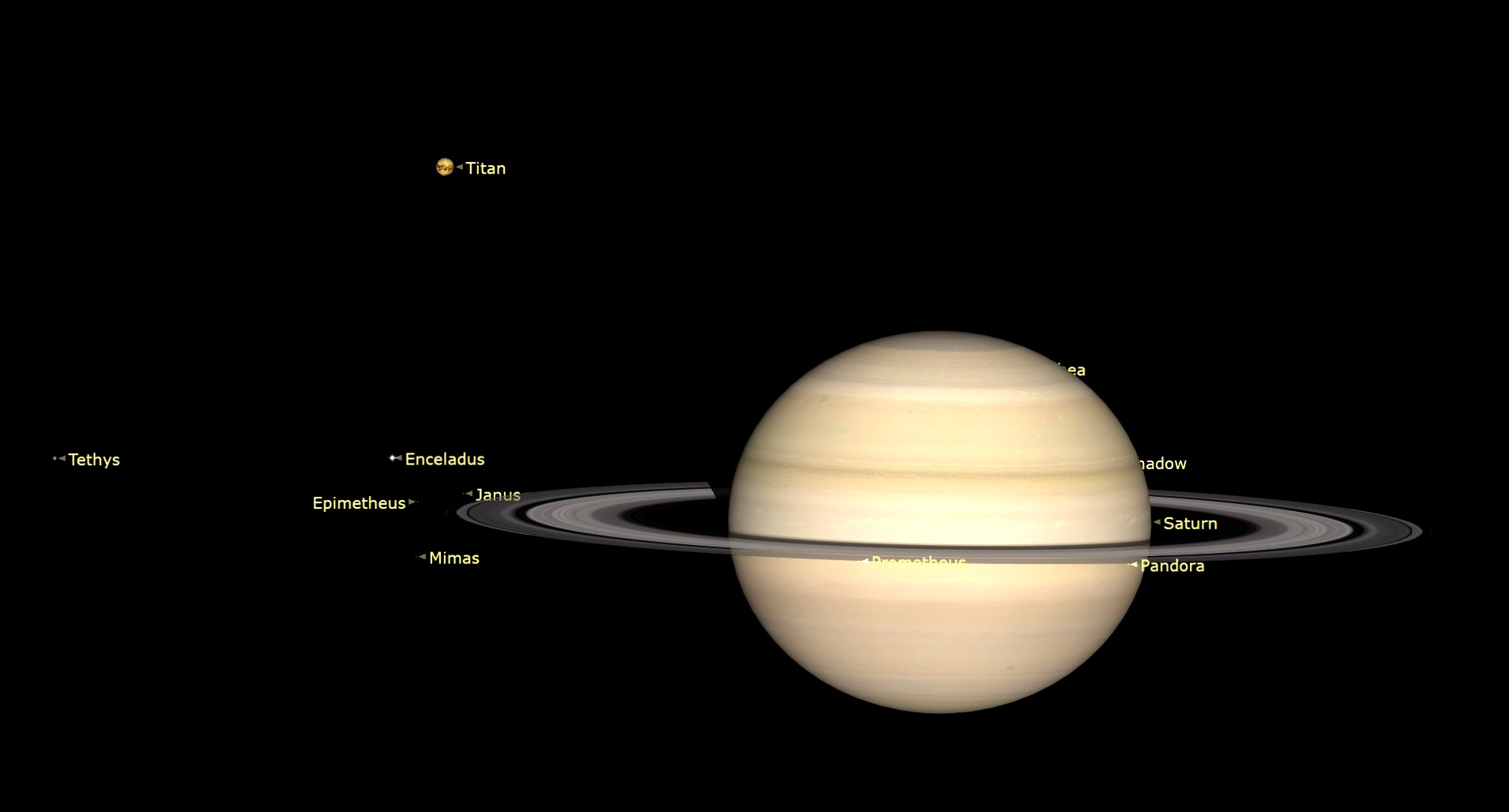
On this Halloween 2024, as night falls, costumed kids will be arriving at your door looking for candy or some other Halloween treat. But overhead, celestial treats will also be arriving for skywatchers who make time to look up from their candy bags.
Based on the latest national forecast, skies will be mainly clear (save for patchy high clouds) on Thursday evening (Oct. 31) across New England south through the Middle Atlantic, Piedmont and Southeast Coastal States including Florida, as well as the Northern and Central Great Plains, including Oklahoma and most of Texas, Central Rockies, the Southwest Desert as well as Central and Southern California.
A ridge of high pressure will be centered over the Middle Atlantic region, unseasonable warmth for most places east of the Mississippi. Another broad zone of high pressure, accompanied by seasonably cool temperatures will prevail over much of the West. The only regions that may have to contend with significant cloud cover would be across Western New York, the Greater Ohio Valley, and the Deep South where a cold front will likely generate showers, as well as parts of the Northern Plains and Great Lakes, as well as the Northern Rockies, Pacific Northwest and Northern California where low pressure will bring areas of rain and showers. The rest of the country, however, will be in fine shape with mid-autumn stars and constellations plus two bright planets shining prominently in the early evening sky.
The lord of the rings and the king of the planets

Want to see full moons and other awesome stuff in the night sky? The Celestron NexStar 4SE is ideal for beginners and provides crisp, clear views of a wide range of objects. For a more in-depth look at our Celestron NexStar 4SE review.
If you plan to accompany children around your neighborhood, you might want to enlighten them by pointing out some of the objects that will be visible in the sky.
The first object that will attract attention will be the brilliant planet Venus, shining low — about 10 degrees above the southwest horizon — about 45 minutes after sunset. Remember that your clenched fist held at arm's length is approximately equal to 10 degrees in width, so Venus appears roughly "one fist" up from the horizon. As we transition from October into November it climbs a little higher and sets a little later. In spite of its dazzling appearance, it really does not show much through a telescope. It appears as a rather small gibbous disk nearly 80 percent illuminated.
Conversely, the other planet in our Halloween evening sky shines with only a fraction of Venus's luster: Saturn. It shines like a bright star with a sedate yellow tint.
And in contrast to the featureless gibbous disk of Venus, Saturn just might be the most beautiful of all the planets. An hour after sunset you'll see it about one-third up from the southeast horizon. Saturn's rings are still readily evident, with the north face tilted some 5-degrees to our line of sight.
Get the Space.com Newsletter
Breaking space news, the latest updates on rocket launches, skywatching events and more!
A telescope magnifying 30-power will bring them out; through a 4-inch telescope at 100-power they are readily seen, while the view through larger instruments is jaw dropping. Be prepared to hear exclamations from your young audience like "Awesome!" and "No Way!"

Staying out late delivers a third planet
And if you're still out interacting with trick-or-treaters into the mid-evening hours — say at around 9 o'clock or so — you really can't miss yet another planet that will be coming into view: Jupiter — the largest planet in our solar system.
Although only about 10 degrees above the east-northeast horizon at that hour, it will appear to shine with a very bright, silvery-white light. With even a small telescope using low magnification you'll be able to see its disk as well as all four of its moons, the famous Galilean satellites, so named because Galileo Galilei was the first to see them with his own crude telescope in 1610.
On this Halloween night, you'll see two satellites to the west (right) of Jupiter, going outward, Io and Europa, one situated just below Jupiter (Callisto) and finally the fourth satellite positioned far to the east (left) of Jupiter (Ganymede).
And watch out for fireballs!
Because they are active over Halloween, the Taurid meteor shower is sometimes called the "Halloween Fireballs." The bits of debris that make up the Taurids are a little larger than average, so they can result in brighter meteors and even fireballs, or exploding meteors (called bolides), that streak across the sky and leave incandescent trains in their wake.
While they are most active during the second week of November, a few forerunners can show up on Halloween night, darting from out of the east-northeast part of the sky. So, if you or your young visitors see something resembling a flare from a Roman candle sweeping majestically across the evening sky, it may very well be a Taurid meteor.
Related: How to photograph meteors and meteor showers
Helpful hints for young telescope viewers
In the September 2019 issue of The Astronomical League Magazine "Reflector," author Richard W. Schmude Jr., offered some tips for those who plan to do a public outreach for astronomy on Halloween:
"Firstly, children sometimes grab or touch the eyepiece, so use an inexpensive one. I gently warn children not to touch the telescope. In my area, parents have learned to tell their children not to touch the telescope. In some cases, a child will grab the eyepiece, causing the telescope to shift.
"For this reason, a Dobsonian telescope with a good finderscope is a good choice for Halloween outreach. A small stool or booster ladder may help very small viewers. Sometimes, parents hold their children up to look through the eyepiece. One may also place a monitor-connected video camera in the telescope and people can easily see the object on a screen." "Finally," adds Mr. Schmude, "I have my bag of goodies next to my telescope so that the children get two treats!"
Whatever your weather, Happy Halloween from all of us at Space.com!
Joe Rao serves as an instructor and guest lecturer at New York's Hayden Planetarium. He writes about astronomy for Natural History magazine, the Farmers' Almanac and other publications.
Join our Space Forums to keep talking space on the latest missions, night sky and more! And if you have a news tip, correction or comment, let us know at: community@space.com.

Joe Rao is Space.com's skywatching columnist, as well as a veteran meteorologist and eclipse chaser who also serves as an instructor and guest lecturer at New York's Hayden Planetarium. He writes about astronomy for Natural History magazine, Sky & Telescope and other publications. Joe is an 8-time Emmy-nominated meteorologist who served the Putnam Valley region of New York for over 21 years. You can find him on Twitter and YouTube tracking lunar and solar eclipses, meteor showers and more. To find out Joe's latest project, visit him on Twitter.









